Born in 1922 in Papendrecht, Holland, Martin Visser was a celebrated Dutch furniture designer and art collector. After studying civil engineering at the Middelbare Technische School (now the Hogere Technische School) in Amsterdam, Visser worked as an architectural draughtsman. In the early postwar era, he was hired as Head Furniture Buyer for De Bijenkorf department store in Amsterdam after he presented one of the store's buyers a set of furniture he had self-produced for a friend. In 1954, while working at Bijenkorf, Visser impressed the owner of Dutch furniture manufacturing company 't Spectrum, who invited Visser to head up the design of 't Spectrum's new collections—a postion he held until the 1970s. During these years, Visser also consulted for De Ploeg Textiles, the umbrella company for 't Spectrum.
Successful designs by Visser for 't Spectrum include the BR 02 Sofa Bed (1958/60); SZ 01 and SZ 02 Armchairs (1960); TE 06.7 Table (1960); and SE 05, SE 06, SE 07 Dining Chairs (1960)—all of which remain in production with Spectrum today. The SZ 63 Easy Chair (1960–1965), no longer in production, is among Visser's most highly sought-after pieces on the vintage market.
Visser's work is charactered by a rational, minimalist, unadorned aesthetic expressed through an economical approach to materials. His use of square steel tubing for the legs of his chairs, tables, and storage pieces has become his signature. This industrial-style look was ideally suited to the conditions of postwar recovery in the Netherlands but has also attracted a new generation of fans in the 21st century. Recent scholarship suggests that Visser's wife, Joke van der Heijden, played a significant role in his design work, particularly with regards to his cheerful but muted color palette.
Visser lost the copyrights to his designs in 1974—and consequently lost interest in designing—when 't Spectrum was liquidated due to financial challenges. ('t Spectrum and its design licenses were subsequently resurrected twice, existing today as Spectrum.) From 1978 until 1983, Visser was the head curator of modern art at the Boymans-van Beuningen Museum in Rotterdam. Later in the 1980s, Visser returned to furniture design, often using unexpected materials like cardboard and perforated sheet-steel. Some say this aesthetic evolution owes much to Visser's increasing devotion to the art world.
Throughout his life, Visser built up an important private collection of more than 400 works of modern art and design, now held by the Kröller-Müller Museum in a central region of the Netherlands. Included in the collection is the work of luminaries such as Carl Andre, Jean-Michel Basquiat, Joseph Beuys, Keith Haring, Donald Judd, Sol Lewitt, Piero Manzoni, Bruce Nauman, and Andy Warhol, to name a few, as well as a model of Visser’s own home in Bergeijk, a protected building designed by Gerrit Rietveld, built in 1955 and extended in 1968 by Aldo van Eyck.
In 1998, Visser’s design career was honored with the Oeuvre Prize for design from the Fonds voor Beeldende Kunst. He passed away in 2009. Three years later, the Bonnefantenmuseum in Maastrict stage a major exhibition in which Visser's designs were shown alongside his private art collection.
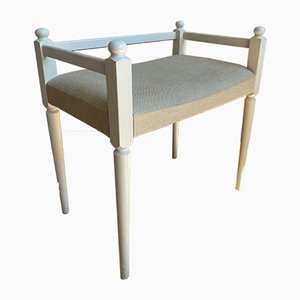

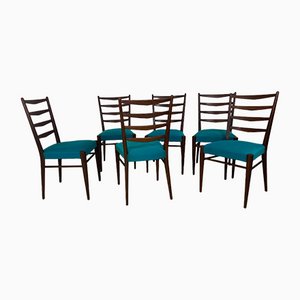
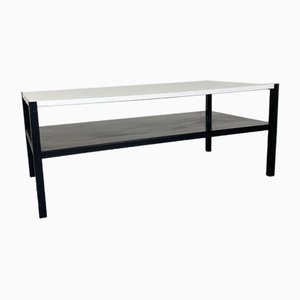

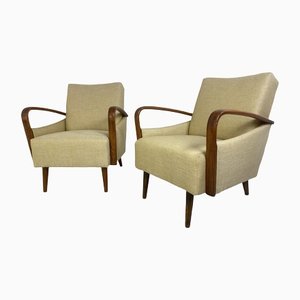
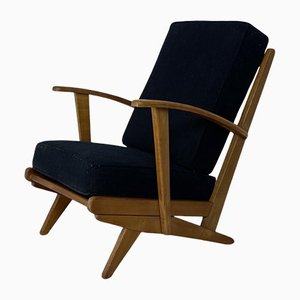
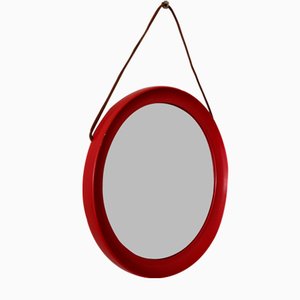
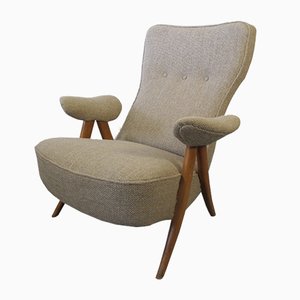



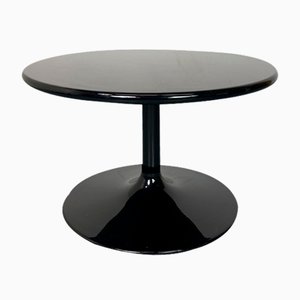
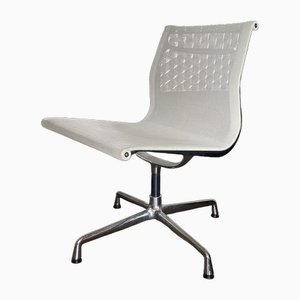
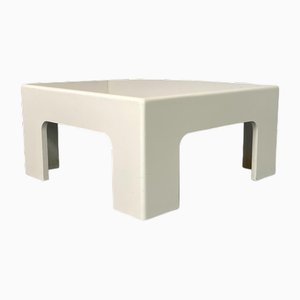
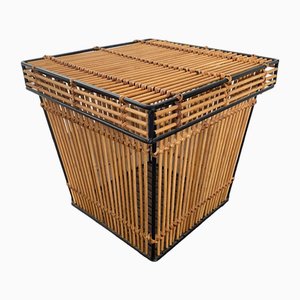

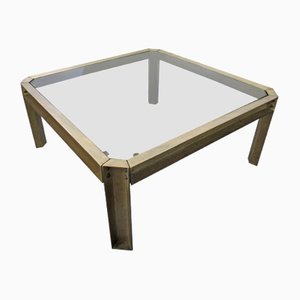
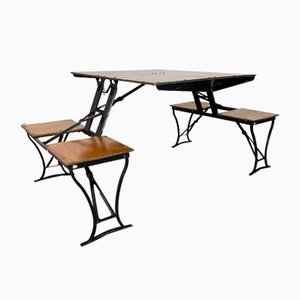
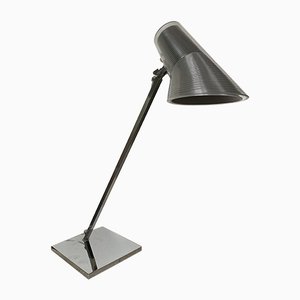
Get in Touch
Make An Offer
We noticed you are new to Pamono!
Please accept the Terms & Conditions and Privacy Policy
Get in Touch
Make An Offer
Almost There!
To follow your conversation on the platform, please complete the registration. To proceed with your offer on the platform, please complete the registration.Successful
Thanks for your inquiry, someone from our team will be in touch shortly
If you are a Design Professional, please apply here to get the benefits of the Pamono Trade Program